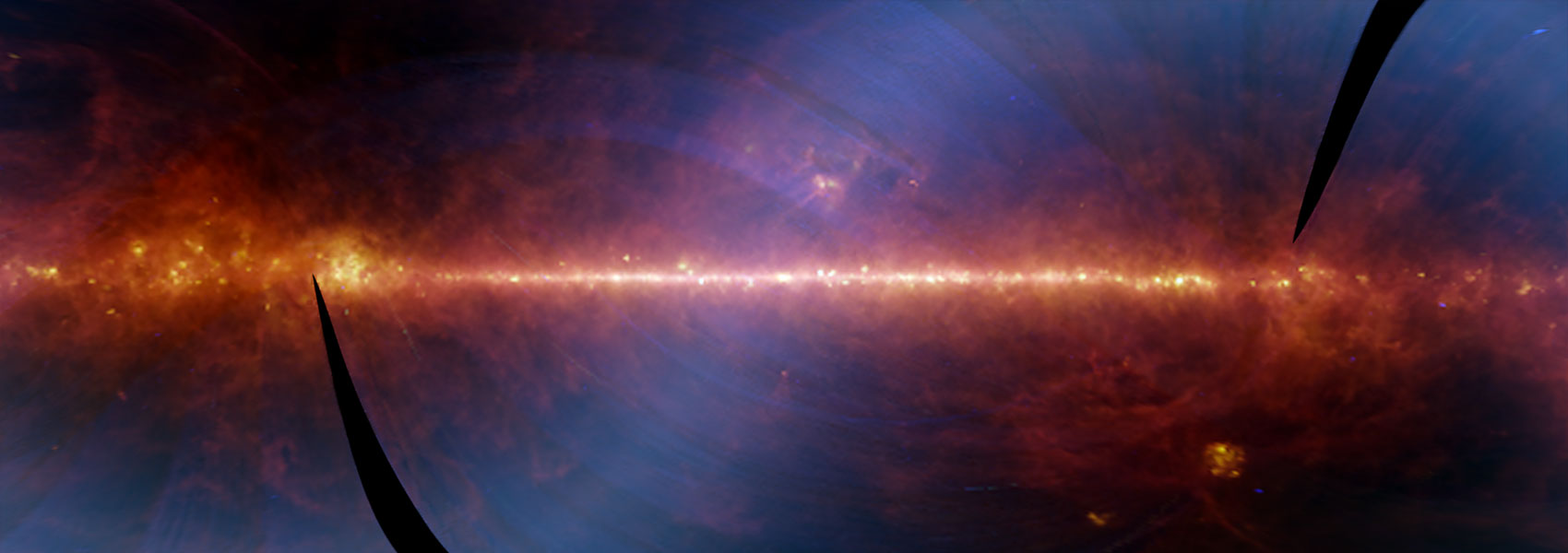October
2007
•
2007ApJ...668...62S
Authors
•
Siana, Brian
•
Teplitz, Harry I.
•
Colbert, James
•
Ferguson, Henry C.
•
Dickinson, Mark
•
Brown, Thomas M.
•
Conselice, Christopher J.
•
de Mello, Duilia F.
•
Gardner, Jonathan P.
•
Giavalisco, Mauro
•
Menanteau, Felipe
Abstract
•
We examine deep far-UV (1600 Å) imaging of the HDF-N and the HUDF to search for leaking Lyman continuum radiation from starburst galaxies at z~1.3. There are 21 (primarily sub-L*) galaxies with spectroscopic redshifts between 1.1<z<1.5, and none are detected in the far-UV. We fit stellar population templates to the galaxies' optical/near-infrared SEDs to determine the starburst age and level of dust attenuation for each individual galaxy, giving a more accurate estimate of the intrinsic Lyman continuum ratio, f1500/f700, and allowing a conversion from f700 to relative escape fraction (fesc,rel). We show that previous high-redshift studies may have underestimated the amplitude of the Lyman break, and thus the relative escape fraction, by a factor ~2. Once the starburst age and intergalactic H I absorption are accounted for, 18 galaxies in our sample have limits to the relative escape fraction, fesc,rel<1.0 with some limits as low as fesc,rel<0.10 and a stacked limit of fesc,rel<0.08. This demonstrates, for the first time, that most sub-L* galaxies at this redshift do not have large escape fractions. When combined with a similar study of more luminous galaxies at the same redshift, we show that, if all star-forming galaxies at z~1 have similar relative escape fractions, the value must be less than 0.14 (3 σ). We also show that less than 20% (3 σ) of star-forming galaxies at z~1 have relative escape fractions near unity. These limits contrast with the large escape fractions found at z~3 and suggest that the average escape fraction has decreased between z~3 and z~1.
Based on observations made with the NASA/ESA Hubble Space Telescope, obtained at the Space Telescope Science Institute, which is operated by the Association of Universities for Research in Astronomy, Inc., under NASA contract NAS 5-26555. These observations are associated with programs 7410, 9478, and 10403 (as well as 6337 HDF-WFPC2, 7817 HDF-NICMOS, 9978, 10086 HUDF-ACS, 9803 HUDF-NICMOS).
Links




